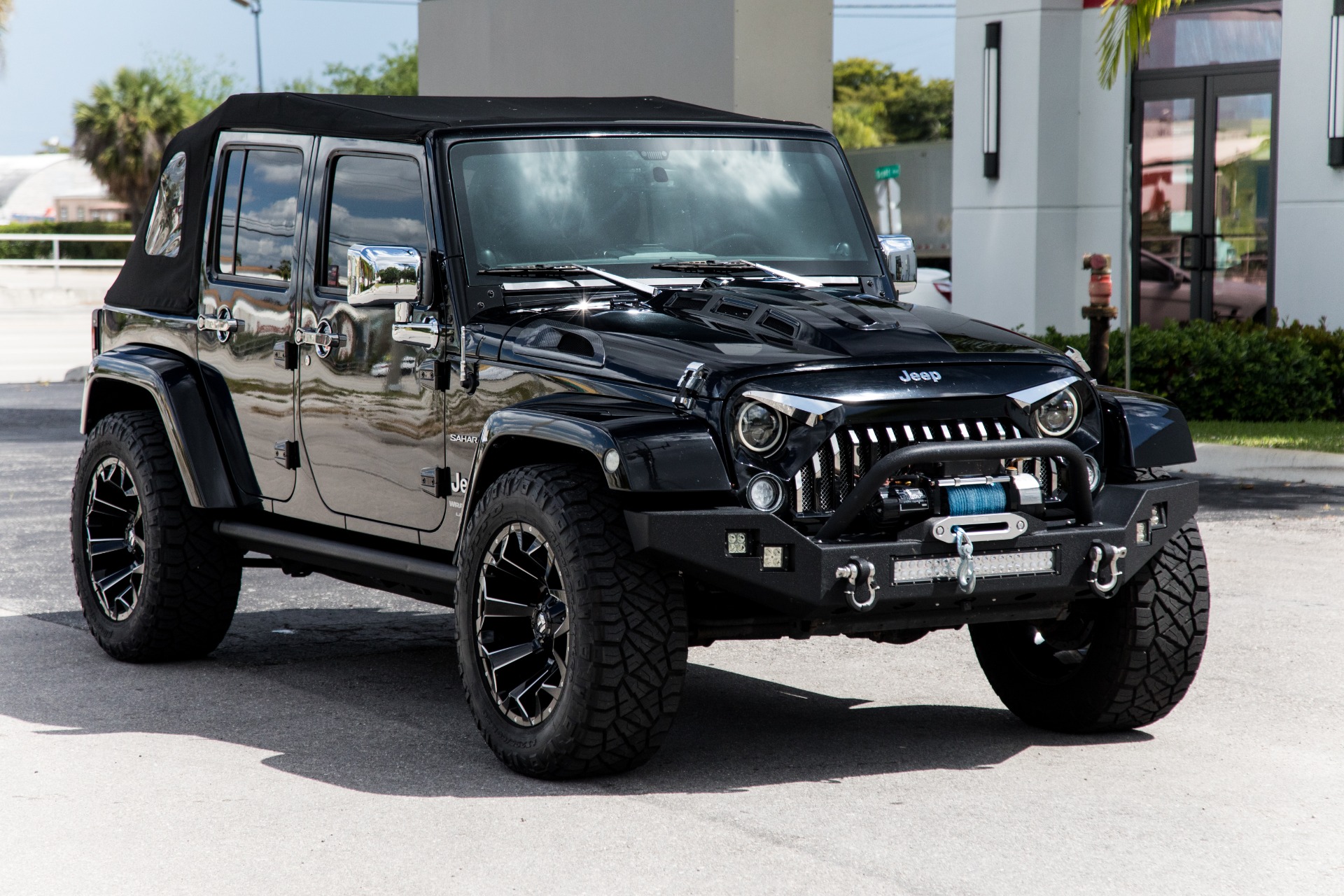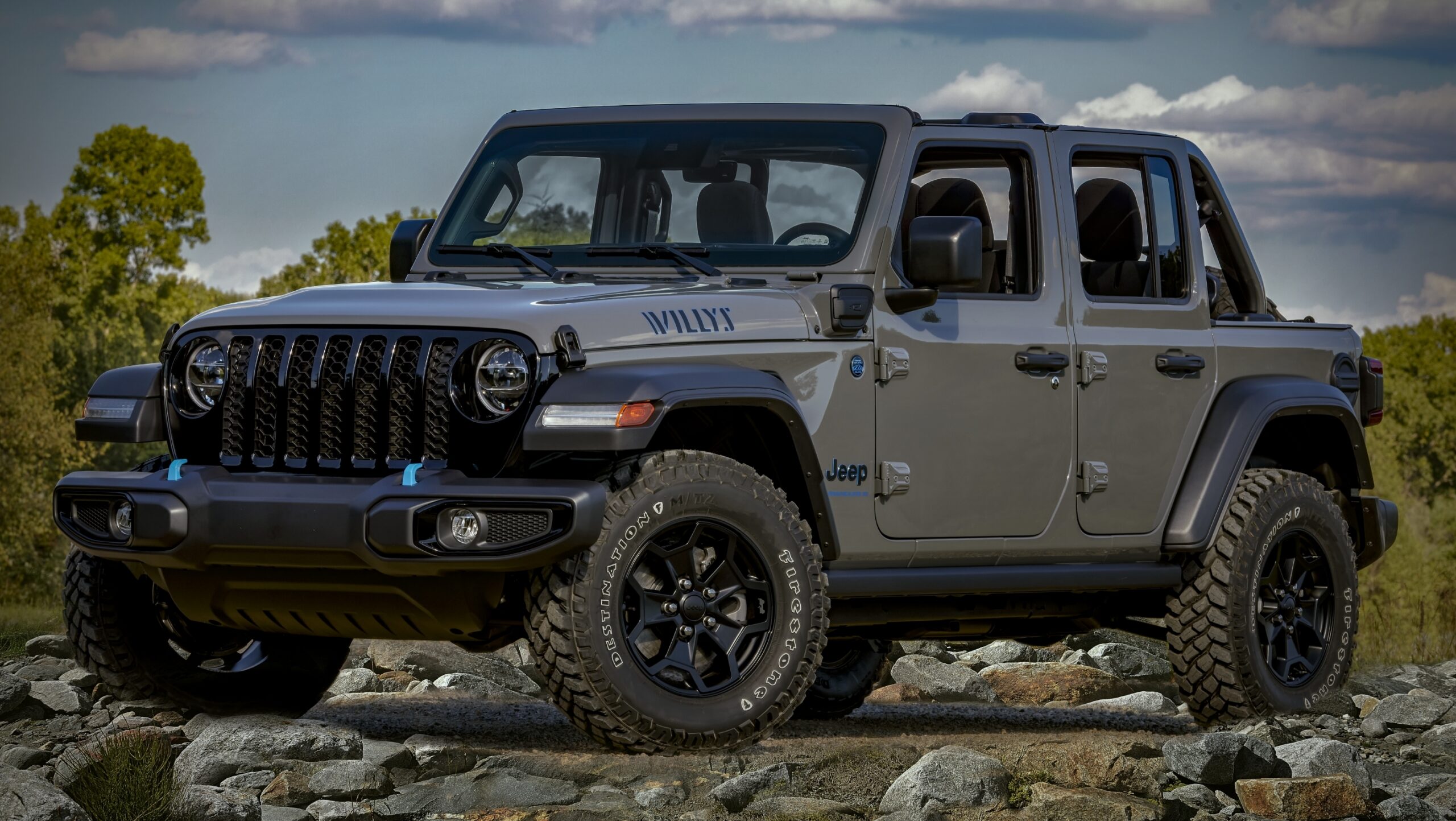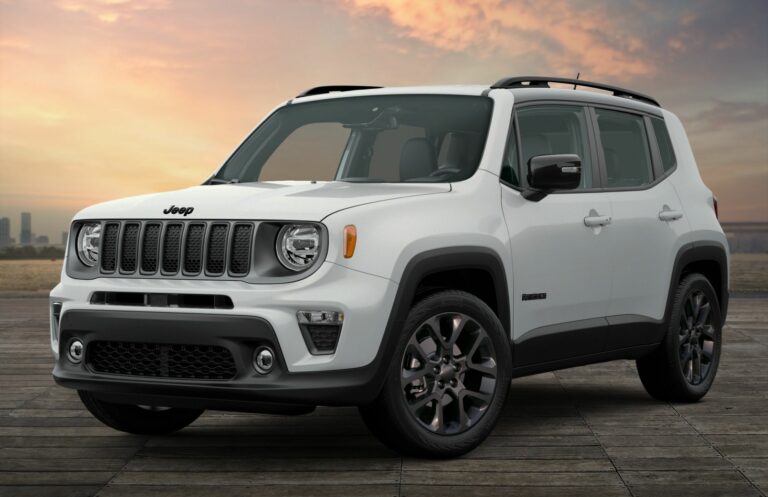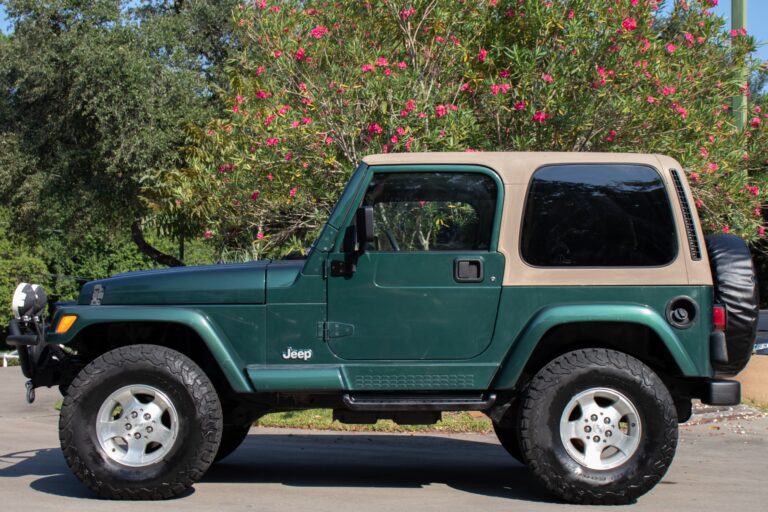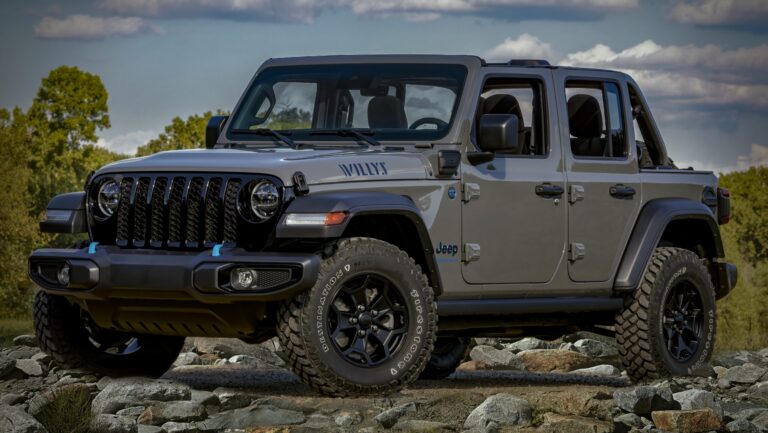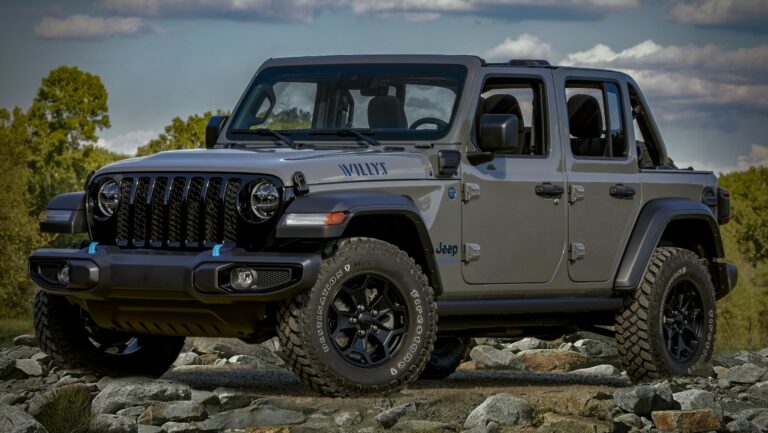Wrangler Jeep Hood: An In-Depth Exploration
Wrangler Jeep Hood: An In-Depth Exploration jeeps.truckstrend.com
The Jeep Wrangler, an undisputed icon of adventure and freedom, is instantly recognizable not just by its rugged stance and open-air capabilities, but by the distinctive lines of its hood. More than just a simple cover for the engine, the Wrangler Jeep hood is a fundamental element of its design, functionality, and enduring appeal. It’s a canvas for personalization, a protector of vital components, and a key contributor to the vehicle’s legendary off-road prowess. For enthusiasts and casual drivers alike, understanding the nuances of the Wrangler’s hood is essential to appreciating this beloved vehicle fully. This comprehensive guide delves into every aspect of the Wrangler Jeep hood, from its historical evolution to modern aftermarket innovations, helping you navigate the world of upgrades and maintenance.
The Heart of the Beast: Functionality and Design Evolution
Wrangler Jeep Hood: An In-Depth Exploration
At its core, the Wrangler Jeep hood serves several critical functions. Primarily, it acts as a protective shield for the engine and its ancillary components, safeguarding them from road debris, weather elements, and potential damage during off-road excursions. Beyond protection, the hood plays a crucial role in engine cooling by facilitating airflow and, in some designs, directing hot air away from the engine bay. Aesthetically, it defines the vehicle’s front profile, contributing significantly to the Wrangler’s instantly recognizable and robust character.
Over the decades, the Wrangler hood has seen subtle yet significant design evolutions mirroring the vehicle’s own journey from military utility to civilian icon.
- Early Models (CJ, YJ): These hoods were relatively flat and utilitarian, emphasizing function over elaborate styling. They featured simple latches and robust hinges designed for durability.
- TJ Generation: While still maintaining a classic look, the TJ hood began to incorporate slightly more sculpted lines, though still largely prioritizing practicality.
- JK Generation (2007-2018): This era saw a significant increase in the hood’s visual presence. While the standard hood remained relatively flat, the aftermarket exploded with options featuring power domes, vents, and aggressive styling cues, reflecting the growing trend of vehicle customization. The notorious "hood flutter" issue, often attributed to the stock rubber latches, also became more prominent during this period, leading to a surge in aftermarket hood latch upgrades.
- JL Generation (2018-Present): The latest iteration of the Wrangler, the JL, features a hood that is both modern and reverent to its heritage. It boasts subtle creases and often includes functional vents (especially on Rubicon and 392 models) to improve engine cooling, particularly for higher-performance powertrains. The hood latches were also redesigned to mitigate the flutter issue, offering a more secure closure.
![]()
Across all generations, common elements include robust hinges, a latching mechanism (internal or external), and a safety catch to prevent accidental opening. The iconic seven-slot grille is intrinsically linked to the hood’s design, forming the complete front fascia of the Wrangler.
Types of Wrangler Jeep Hoods: OEM vs. Aftermarket Innovations
When considering a Wrangler Jeep hood, you essentially have two main categories: Original Equipment Manufacturer (OEM) and Aftermarket.
1. OEM (Original Equipment Manufacturer) Hoods
These are the hoods that come standard from the factory. They are designed by Jeep’s engineers to meet specific performance, safety, and aesthetic standards.

- Pros: Guaranteed fitment, consistent quality, designed for original vehicle specifications.
- Cons: Limited design options, generally heavier (steel), may not offer enhanced cooling features.
2. Aftermarket Hoods

The aftermarket for Wrangler hoods is vast and diverse, offering an incredible array of options for customization, performance, and aesthetics. These hoods are designed by third-party manufacturers and come in various styles and materials.
By Style/Function:
- Vented Hoods: Featuring integrated vents or louvers, these are designed to dissipate heat more effectively from the engine bay, which is particularly beneficial for modified engines, Jeeps that frequently tow, or those driven in hot climates.
- Scooped/Power Dome Hoods: These hoods incorporate raised sections or scoops that add an aggressive, muscular look. While some scoops are purely aesthetic, others can be functional, channeling air to specific engine components or acting as an additional heat escape.
- Flat/Clean Look Hoods: Some aftermarket hoods aim for a sleeker, minimalist profile, often appealing to those who prefer a more understated yet customized look.
- Highline Hoods: Designed to complement high-clearance fender flares, these hoods often have a higher arch over the wheel wells, providing a more aggressive off-road stance and improved tire clearance.
By Material:
- Steel Hoods: The most common and robust material, offering excellent durability and impact resistance. They are also the heaviest. Aftermarket steel hoods often replicate OEM dimensions but add vents or scoops.
- Fiberglass Hoods: Lighter than steel, fiberglass hoods offer greater design flexibility, allowing for more intricate shapes and aggressive styling. They are generally more affordable than carbon fiber but can be more brittle than steel.
- Aluminum Hoods: Found on some newer OEM models (like the JL Wrangler) and a few aftermarket options, aluminum offers a significant weight reduction compared to steel while maintaining good strength. They are more expensive to repair if damaged.
- Carbon Fiber Hoods: The lightest and strongest option, carbon fiber hoods are typically chosen for high-performance applications where weight reduction is paramount. They are also the most expensive and often left unpainted to showcase the weave.
Benefits of Upgrading Your Wrangler Jeep Hood
Upgrading your Wrangler’s hood offers a multitude of advantages beyond just changing its appearance:
- Enhanced Engine Cooling: Vented and scooped hoods significantly improve airflow, helping to reduce under-hood temperatures. This can be crucial for performance, especially with superchargers, turbochargers, or heavy off-roading.
- Personalized Aesthetics: An aftermarket hood is one of the most impactful visual modifications you can make, instantly transforming your Wrangler’s front end and making it unique.
- Weight Reduction: Lighter materials like fiberglass, aluminum, or carbon fiber can reduce overall vehicle weight, potentially improving fuel efficiency, handling, and acceleration.
- Improved Durability: Some heavy-duty aftermarket steel hoods may offer superior impact resistance compared to stock, beneficial for extreme off-roading.
- Accommodation for Modifications: Certain engine swaps or larger air intake systems might require a hood with additional clearance or specific vent designs.
Key Considerations When Choosing a Hood
Selecting the right aftermarket hood requires careful thought to ensure it meets your needs and expectations.
- Fitment: Crucial! Ensure the hood is specifically designed for your Wrangler’s model year (e.g., JK, JL, TJ). Not all hoods are interchangeable.
- Material: Consider the trade-offs between weight, durability, cost, and ease of repair for steel, fiberglass, aluminum, or carbon fiber.
- Functionality vs. Style: Do you prioritize heat dissipation, or is a unique look your primary goal? Some hoods offer both.
- Installation Difficulty & Painting: Most aftermarket hoods come unpainted and require professional painting to match your vehicle’s color. Installation typically involves removing the old hood and transferring hardware, which can be a DIY project but might require a second person.
- Hood Latches: If you have a JK, consider upgrading to heavy-duty aluminum or steel hood latches to eliminate "hood flutter" which is common with the OEM rubber latches. Many aftermarket hoods are designed to accommodate these upgrades.
- Budget: Prices vary wildly depending on material, brand, and design.
Installation Guide: Swapping Your Wrangler’s Hood
Replacing your Wrangler’s hood is a moderately challenging DIY task that is best performed with a helper. While painting should be left to professionals, the physical swap is manageable.
Tools Needed:
- Socket wrench set (typically 13mm for hinges)
- Flathead screwdriver (for some clips)
- Torx bit set (for some accessories)
- Protective blankets or cardboard
- Masking tape (optional, for marking hinge positions)
- Helper!
Steps:
- Preparation: Park your Jeep on a level surface and engage the parking brake. Open the hood. Disconnect the windshield washer hose and any under-hood lights or wiring.
- Mark Hinge Positions (Optional but Recommended): Use masking tape to mark the exact position of the hinges on the fender side. This will help with alignment during reinstallation.
- Remove Hood Latches & Accessories: Detach the hood latches from the hood itself. If transferring them, remove them completely. Remove any other accessories like hood vents or inserts if they are not integrated into the new hood.
- Remove Hinge Bolts: With your helper supporting the hood, carefully unbolt the hinges from the hood side. There are typically two bolts per hinge.
- Lift Off Old Hood: With both sides unbolted and supported, carefully lift the old hood straight up and away from the Jeep. Place it on a protective surface.
- Prepare New Hood: If your new hood comes with pre-drilled holes, ensure they align. Transfer any necessary hardware (like hood latches, if reusing) to the new hood.
- Install New Hood: With your helper, carefully position the new hood onto the hinge bolts. Start threading the hinge bolts loosely.
- Align and Tighten: Gently close the hood to check alignment with the fenders and grille. Adjust the hood’s position by sliding it on the hinges until it’s perfectly aligned. Once satisfied, fully tighten all hinge bolts.
- Reconnect & Test: Reconnect the windshield washer hose and any wiring. Install the hood latches and ensure they secure the hood properly. Test the hood’s opening and closing mechanism, ensuring the safety catch engages.
Important Note: If your new hood requires painting, it’s highly recommended to have it painted before installation by a professional body shop. This ensures a perfect color match and finish.
Maintenance and Care
Proper care extends the life and appearance of your Wrangler’s hood.
- Regular Cleaning: Wash your hood regularly with automotive soap to prevent dirt and grime buildup, which can damage the paint.
- Waxing/Sealant: Apply a quality wax or paint sealant periodically to protect the paint from UV rays, environmental contaminants, and minor scratches.
- Latch Inspection: Regularly check your hood latches for wear, tear, or looseness. Replace them if they show signs of failure to prevent hood flutter or accidental opening.
- Hinge Lubrication: Periodically lubricate the hood hinges to ensure smooth operation and prevent rust.
Potential Challenges and Solutions
- Hood Flutter: A common issue, especially on JK Wranglers, where the stock rubber latches allow the hood to vibrate at highway speeds.
- Solution: Upgrade to heavy-duty aftermarket aluminum or steel hood latches.
- Rust: Steel hoods, especially older or damaged ones, are susceptible to rust.
- Solution: Address paint chips or scratches promptly, apply rust-inhibiting primers, and consider rustproofing treatments.
- Fitment Issues (Aftermarket): Some aftermarket hoods might not fit perfectly, requiring adjustments.
- Solution: Purchase from reputable brands known for quality control. Be prepared for minor adjustments during installation. Professional installation can help resolve minor alignment issues.
- Painting Costs: Aftermarket hoods typically come unpainted, and professional paint jobs can be expensive.
- Solution: Factor painting costs into your budget. Shop around for quotes from reputable body shops.
Price Table: Wrangler Jeep Hoods (Estimated Ranges)
Prices are approximate and can vary significantly based on brand, material, design complexity, and market conditions. Installation and painting costs are separate.
| Type of Hood | Material | Price Range (USD) | Notes |
|---|---|---|---|
| OEM Standard Hood | Steel / Aluminum | $400 – $1,200 | New, direct from Mopar. Used can be significantly cheaper. |
| Aftermarket Standard Look | Steel | $300 – $700 | Direct replacement, unpainted. |
| Aftermarket Vented/Scooped | Steel | $500 – $1,000 | Unpainted, adds aggressive styling and potential cooling. |
| Aftermarket Vented/Scooped | Fiberglass | $600 – $1,200 | Lighter than steel, more design flexibility, unpainted. |
| Aftermarket Vented/Scooped | Carbon Fiber | $1,500 – $3,000+ | Lightest, strongest, premium option. Often left unpainted. |
| Highline Hood | Steel / Fiberglass | $700 – $1,500 | Designed for aggressive fender setups, unpainted. |
| Professional Painting Cost | N/A | $400 – $1,000 | Varies by color, shop, and prep work. |
| Professional Installation | N/A | $100 – $300 | If not DIY, includes alignment. |
| Aftermarket Hood Latches | Aluminum / Steel | $80 – $200 | Highly recommended upgrade, especially for JK models. |
Frequently Asked Questions (FAQ)
Q1: Why does my Jeep Wrangler hood flutter at highway speeds?
A1: Hood flutter is a common issue, especially on JK Wranglers (2007-2018), due to the flexible nature of the factory rubber hood latches. Air pressure at higher speeds or strong crosswinds can cause the hood to lift and vibrate.
Q2: How can I fix hood flutter on my Wrangler?
A2: The most effective solution is to replace the factory rubber hood latches with heavy-duty aftermarket aluminum or steel latches. These provide a much more secure hold, eliminating the flutter.
Q3: Do aftermarket Wrangler hoods come painted to match my Jeep?
A3: Almost all aftermarket hoods come unpainted, in a primer finish. You will need to have the hood professionally painted to match your Jeep’s color, which is an additional cost.
Q4: Can I install an aftermarket hood myself?
A4: Yes, installing a Wrangler hood is a manageable DIY project for someone with basic mechanical skills. However, it requires at least two people due to the size and weight of the hood. Painting should always be left to a professional body shop.
Q5: Do vented hoods really help with engine cooling?
A5: Yes, properly designed vented or scooped hoods can significantly improve engine cooling by allowing hot air to escape the engine bay more efficiently. This is especially beneficial for modified engines, Jeeps used for towing, or those operating in hot climates.
Q6: What’s the best material for a Jeep Wrangler hood?
A6: The "best" material depends on your priorities:
- Steel: Most durable, impact-resistant, and affordable. Heavier.
- Fiberglass: Lighter than steel, good design flexibility, more affordable than carbon fiber. Can be more brittle.
- Aluminum: Significantly lighter than steel, good strength. More expensive to repair.
- Carbon Fiber: Lightest and strongest, but most expensive. Often chosen for high-performance builds.
Q7: Are all Jeep Wrangler hoods interchangeable between generations (e.g., JK to JL)?
A7: No, Wrangler hoods are not interchangeable between different generations. A JK hood will not fit a TJ or a JL, and vice-versa. Each generation has unique dimensions and hinge/latch mounting points. Always ensure the hood you purchase is specifically designed for your Wrangler’s model year.
Conclusion
The Wrangler Jeep hood is far more than a mere cover; it’s a testament to the vehicle’s rugged identity, a canvas for personal expression, and a critical component in its overall functionality. From its foundational role in protecting the engine to its evolution into a key aesthetic and performance upgrade, the hood encapsulates the spirit of the Wrangler itself – durable, adaptable, and endlessly customizable. Whether you’re seeking enhanced cooling, a bolder aesthetic, or simply a reliable replacement, understanding the diverse world of Wrangler hoods empowers you to make informed decisions that will undoubtedly elevate your Jeep experience. It’s a statement piece that truly defines the front end, ensuring your Wrangler stands out on both the trail and the pavement.
